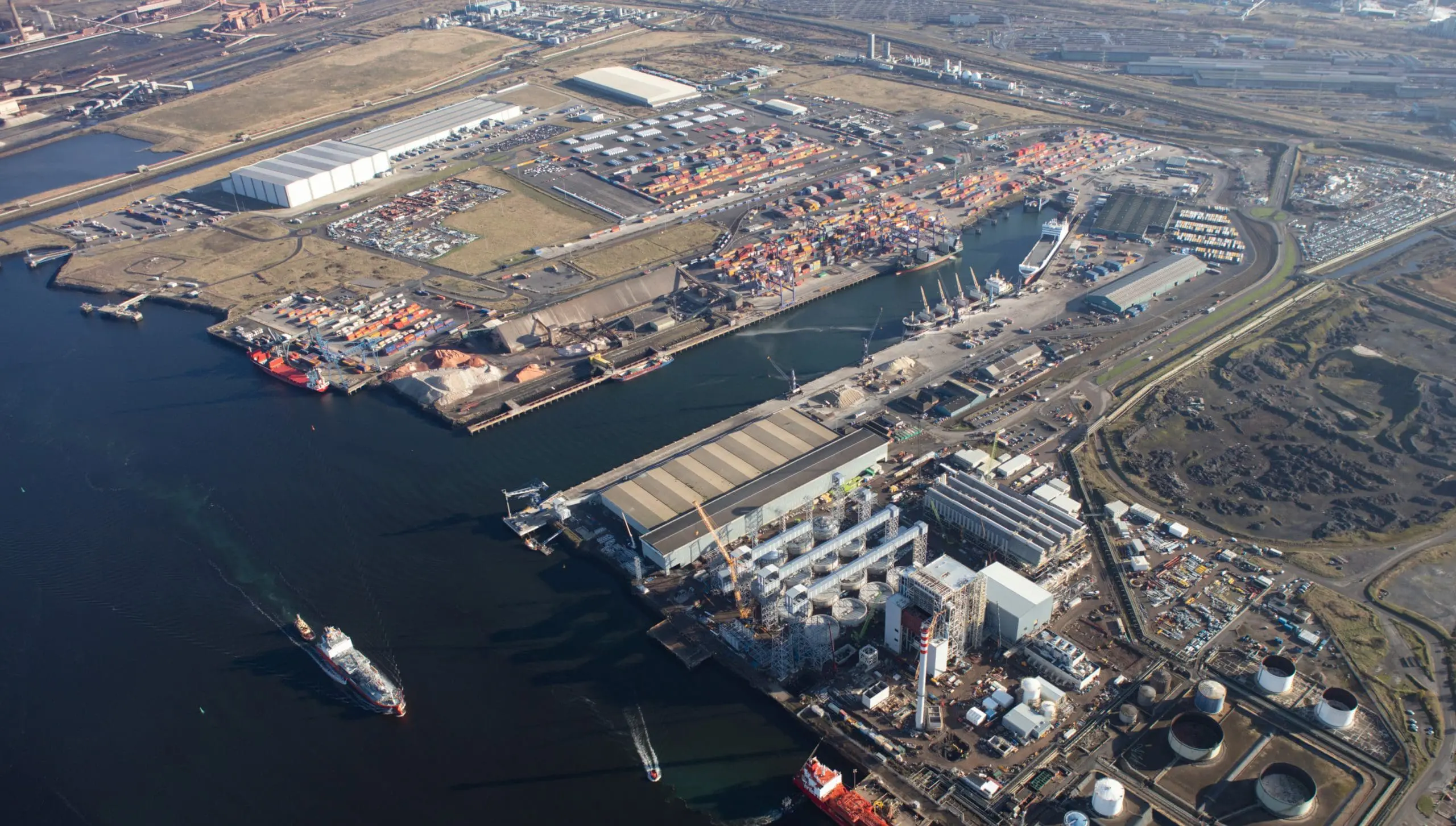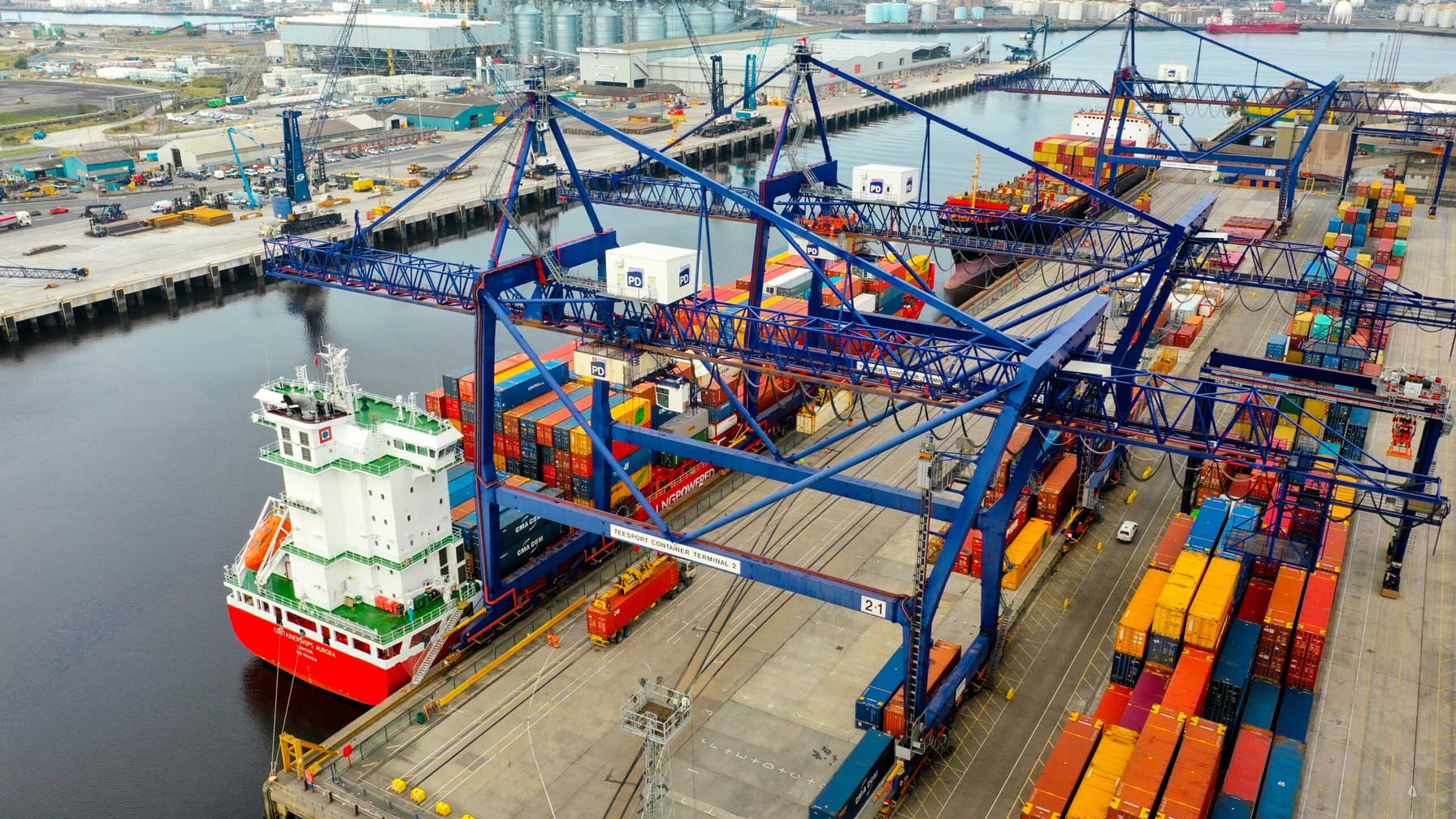The History Of Teesport In Middlesbrough

Teesport in Middlesbrough
Teesport is a deep-sea port located on the River Tees in Middlesbrough, England. The port handles around 25 million tonnes of cargo per year and is capable of accommodating vessels up to 225,000 DWT. The port originated as a diversionary wharf built in 1833 by the Stockton & Darlington Railway Company. In 1841, the first steam ship arrived at Teesport from Hamburg, Germany. Since then, Teesport has grown to become one of the busiest ports in England.

Early History Of teesport
Teesport was originally developed as a coal port in the 19th century. It became an important steel shipping centre in the early 20th century. The port was nationalised in 1946 and then privatised in 1992. In 1999, Associated British Ports (ABP) bought the port from its previous owner, PD Ports. ABP invested £250 million in developing Teesport into a deep-water container port. This development made Teesport one of the busiest container ports in Northern Europe.
The River Tees has been an important transport route since Roman times. The first recorded use of the river for bulk cargo was in 1329 when coal was transported from Staindrop to Yarm for export. In 1494, permission was granted to build a quay at Billingham for the unloading of ironstone from County Durham. This was followed by permission to build another quay at Stockton-on-Tees in 1530. Coal exports from these two ports averaged 10,000 tonnes per year between 1600 and 1699. By 1800, this had increased to 400,000 tonnes per year.
The first steam ship arrived at Teesport in 1831 and within 10 years there were daily sailings to London carrying coal and passengers. In 1864, the Stockton & Darlington Railway opened a new line along the south bank of the river which included a new station at Middlesbrough which attracted even more industry to the area including shipbuilding and steelmaking. The first proposal to deepen the river so that larger ships could access the port was made in 1866 but it wasn’t until 1903 that work finally began on dredging the river to its current depth of 11 metres (36 feet).
Teesport is also home to a number of shipyards, including PD&MS Group and Stockton-on-Tees Borough Council’s Riverside Yard, which specialise in repairing and maintaining ships. There are also a number of offshore wind farms located off the coast of Teesport, making it an important hub for Renewable energy in Britain.
1833 – 2015: Early History and Growth
In 1833, the Stockton & Darlington Railway Company built a diversionary wharf at Teesport to handle coal exports from County Durham. The first steam ship arrived at Teesport from Hamburg, Germany in 1841 carrying a cargo of Gossendorff flour. The port continued to grow throughout the 19th and 20th centuries with the addition of new facilities such as shipbuilding (1861), a graving dock (1879), and oil docks (1968). By the early 21st century, Teesport was handling around 25 million tonnes of cargo per year.
2015 – present: Recent History and Development
In 2015, Associated British Ports (ABP) announced a £250 million investment programme to further develop Teesport. This investment programme included the construction of a new 600 metre quay wall, the deepening of berths 6 and 7 to accommodate larger vessels, and the creation of a new 70 metre deep water outer harbour basin. These developments have helped Teesport attract new business and maintain its position as one of the busiest ports in England.
Conclusion
Teesport is a deep-sea port located on the River Tees in Middlesbrough, England. The port originated as a diversionary wharf built in 1833 by the Stockton & Darlington Railway Company. In 1841, the first steam ship arrived at Teesport from Hamburg, Germany carrying a cargo of Gossendorff flour. The port continued to grow throughout the 19th and 20th centuries with the addition of new facilities such as shipbuilding (1861), a graving dock (1879), and oil docks (1968). By 2015, ABP had invested £250 million into developing the port even further which included deepening existing berths and constructing new quay walls and an outer harbour basin. Thanks to this continuous investment and development, Teesport remains one of the busiest ports in England today handling around 25 million tonnes of cargo per year.

3 Comments